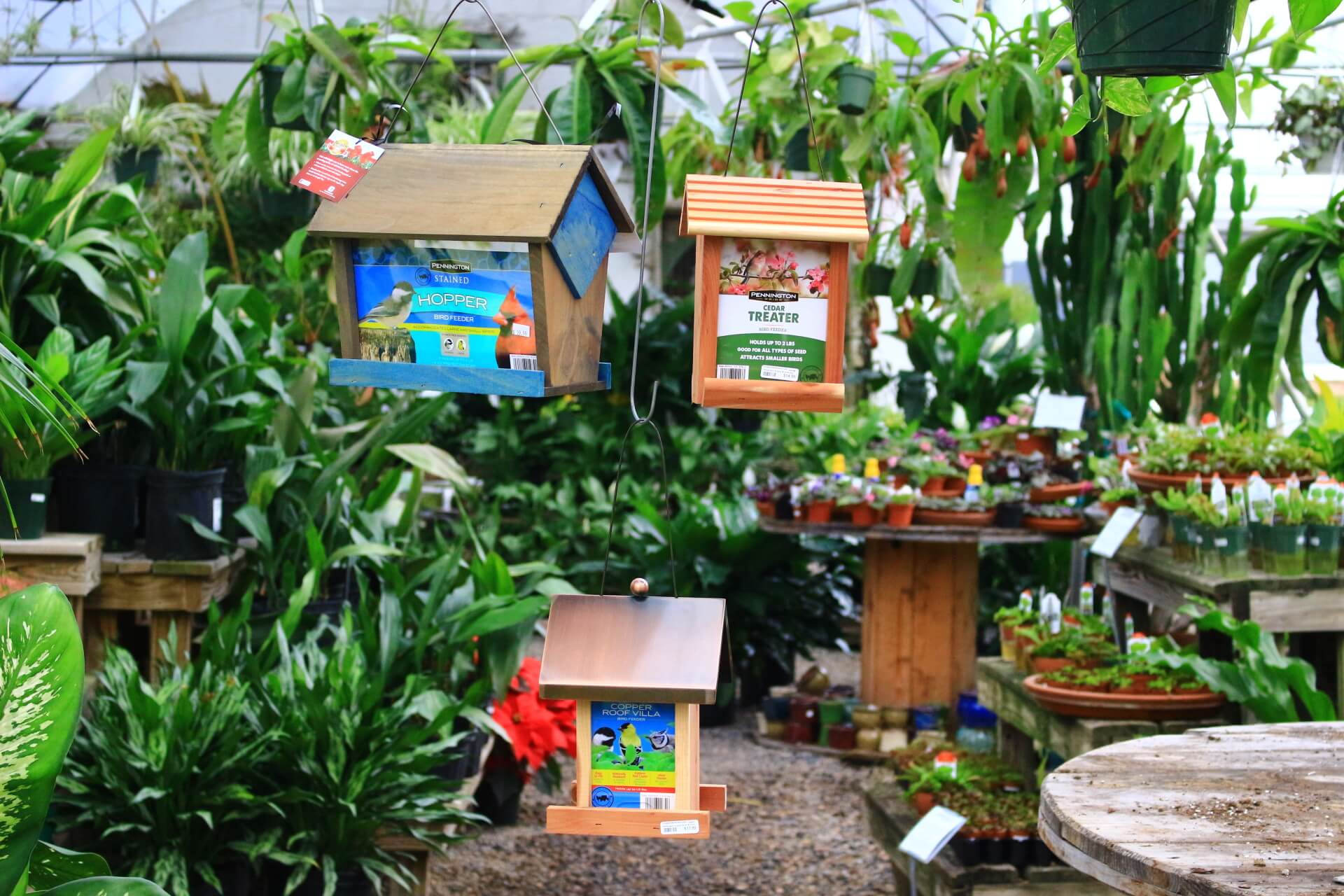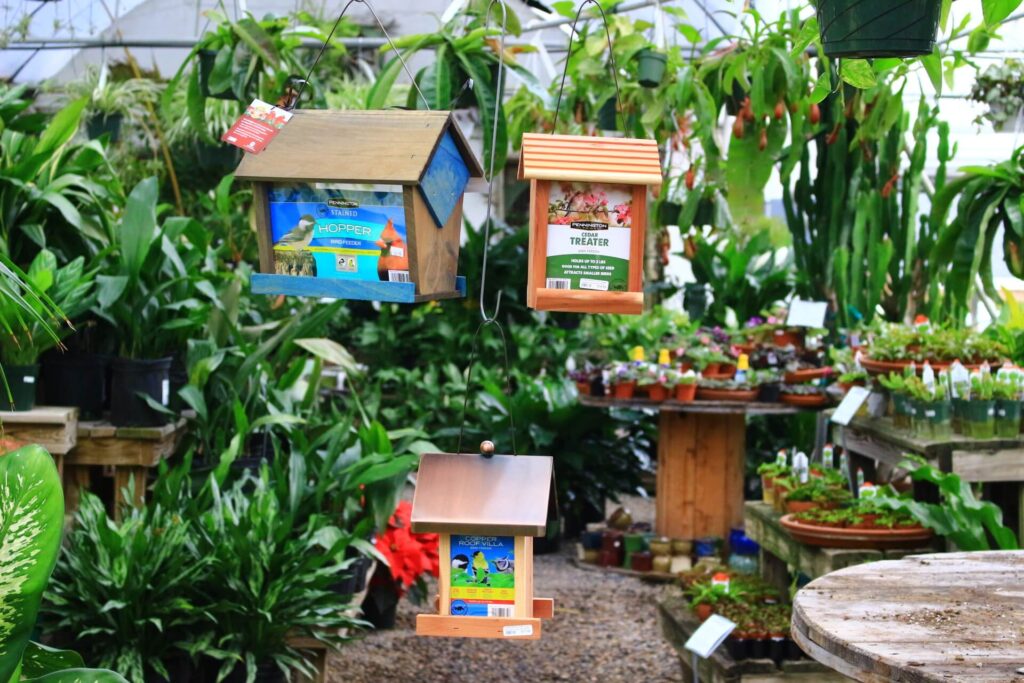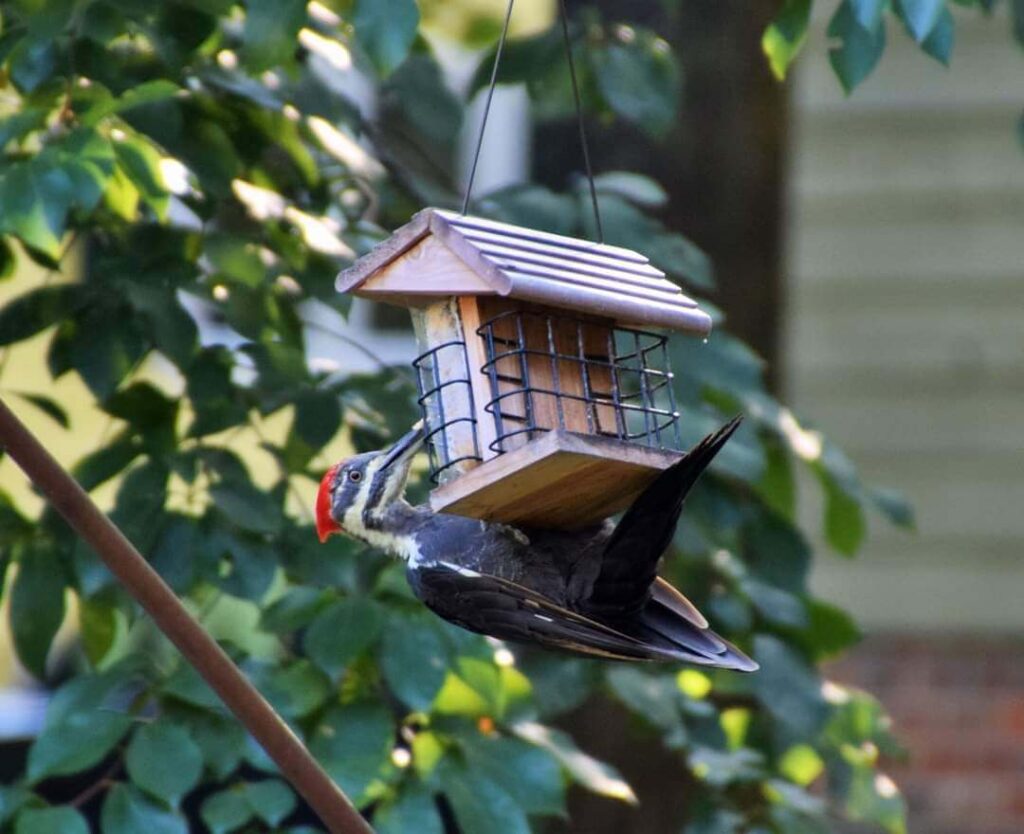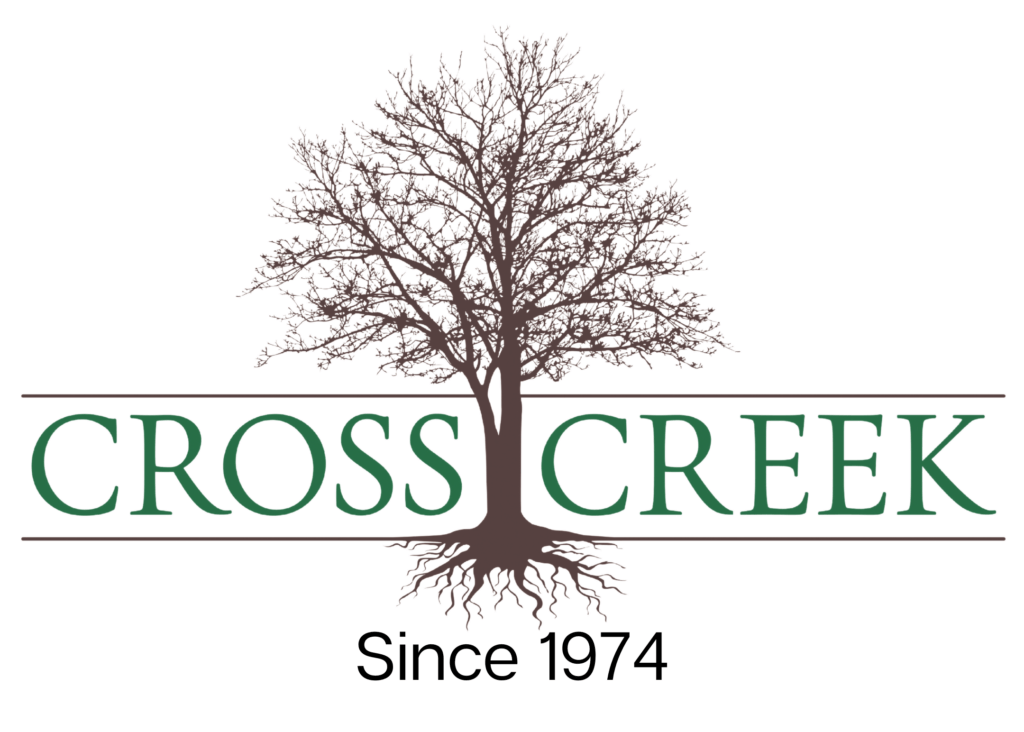
Your Guide to Winter Bird Watching at Home
As the cold winds whip against your window panes and a frost blankets the ground outside, many of us long for the vibrancy of our yards in warmer weather. Once our gardens have bloomed their last bloom in the fall, it seems our yards go dormant until the return of spring. But with an observant eye and the right materials, your yard can thrive through the winter with visits from a plethora of bird species. For those looking to enjoy the liveliness of nature even in colder weather, winter bird watching may just become your new favorite pastime.
To attract birds to your yard, set up a feeder in the optimal spot. Bird feeders should be placed several feet away from your windows and ideally provide your visitors with shelter from the wind. The goal is to make your birdfeeder the best new spot in the neighborhood for feathered folk. When it comes to design, there are plenty of attractive options to choose from. A classic hopper or “house” feeder appeals to many different species of birds, but a more customized bird feeder and feed can attract specific birds to your yard. Tube feeders allow small species like chickadees, sparrows, and titmice to feed yet remain out of reach of squirrels. Nyjel or thistle feeders are appealing to American Goldfinches, a beautiful bright yellow bird species native to Virginia. Another popular style is the suet feeder, which attracts woodpeckers, jays, and starlings. Of course, you can find these feeders and a variety of bird feed at Cross Creek Nursery!

2020 may be the perfect year to dive into the world of bird watching. While Virginia is home to a variety of birds year-round, some birds only travel here irregularly in search of food. This phenomenon called an “irruptive winter” brings many different species normally unusual to the area, like Pine Siskins and finches. 2020 has been called a “superflight” year for northern finches, who have migrated unusually far south. That means a higher chance of finch sightings in your backyard! The Evening Grosbeak, a large and striking finch species, are becoming more common visitors to Virginia each winter.Virginia is home to some woodpeckers year-round, like the Pileated Woodpecker, while others migrate to spend their winter months in the commonwealth. Winter is the best time to spot native owl species like the Great Horned Owl through thinning foliage high up in your trees. Especially keen bird watchers may even spot a Rufous Hummingbird, a species which has been recently sighted in small populations in Virginia.

There’s plenty of technology to aid the amateur bird watcher in identifying their new feathered friends. Merlin Bird ID helps users identify what bird they’re seeing while the e-Bird mobile app is a logging tool to document and share sightings. If you spot a rare bird in your yard, you can submit your sighting for the Great Backyard Bird Count, a yearly survey of bird sightings collected by amateur bird watchers. The data submitted each year by citizen scientists helps ornithologists, AKA professional bird scientists, understand migration patterns and update population records for native birds.
So instead of spending this winter huddled around your television, try pulling a comfy seat up to your window and watching for interesting visitors to your own backyard.With the right setup, you can create an oasis for native and migratory birds alike. And if your sightings help contribute to scientific study of birds, what’s not to love? Liven up your socially-distanced winter by trying a new hobby from your own home. Happy birding!
Emilie Erbland January 11th, 2021

This is an inspiring essay about bird watching and becoming a real Virginia bird lover. Looking forward to more information about bird conservation!!